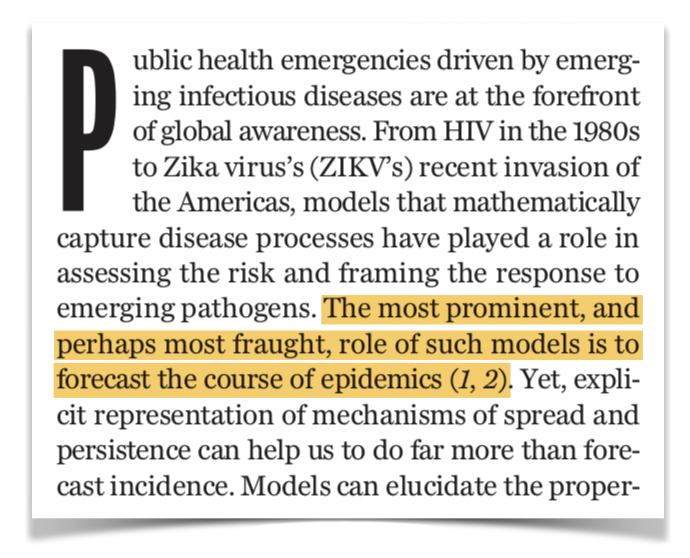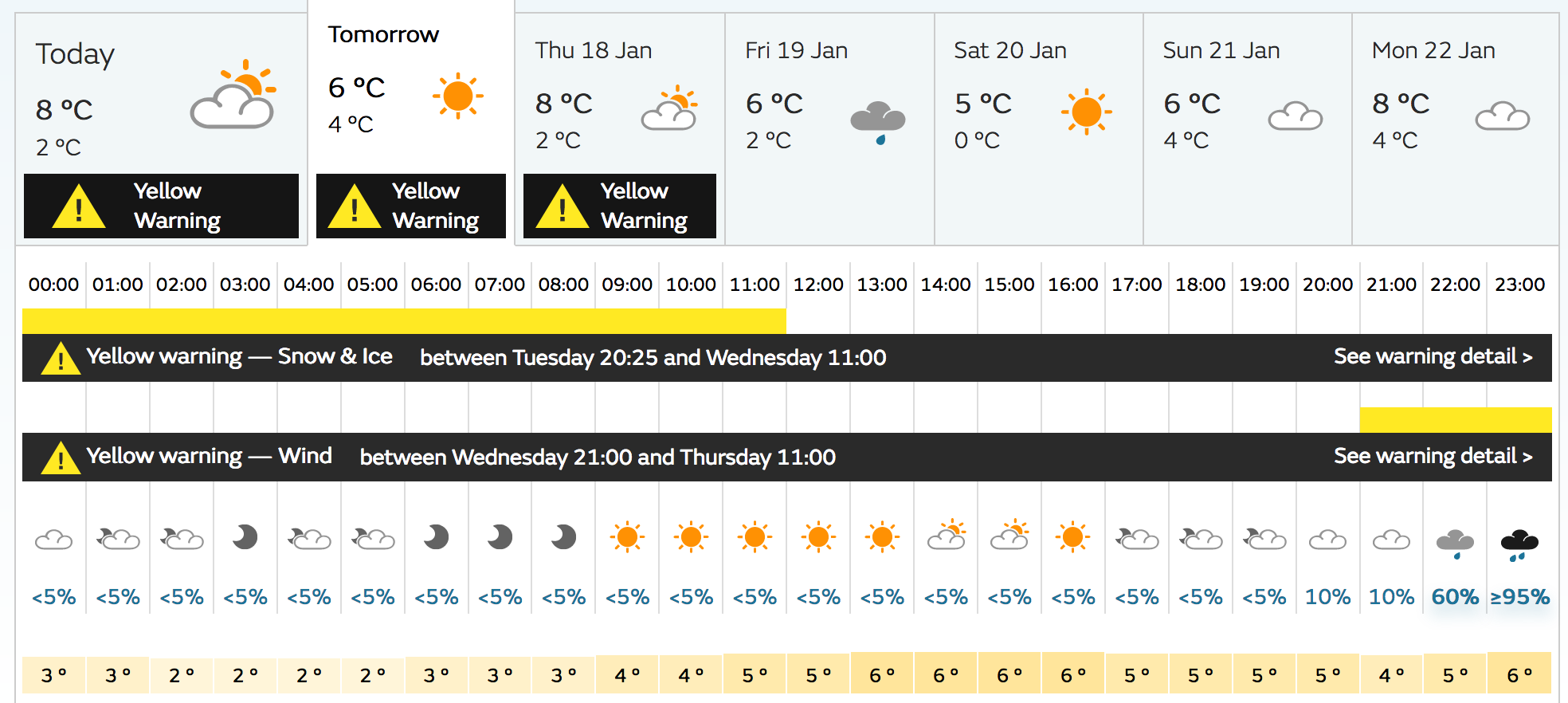Introduction to forecasting
Nowcasting and forecasting of infectious disease dynamics
Forecasting in infectious disease epidemiology

Using models for statements about the future
Modelling the future can help decision making:
- how many beds do we need?
- where should we allocate vaccines?
- where should we trial vaccines?
However:
- not all modelling is prediction
- not all modelling of the future is forecasting
Different ways of modelling the future
Nowcasts make statements about current trends based on partial data
Forecasts are unconditional statements about the future: what will happen
Scenarios state what would happen under certain conditions
Why nowcast/forecast?
- to create situational awareness
- nowcast: where are we now?
- forecast: where are we heading?
CDC use of influenza forecasts

Relationship with \(R_t\) estimation
- In infectious disease epidemiology, many relevant interventions and other changes affect the strength of transmission
- Things that affect transmission don’t affect the predicted outcomes directly, but via \(R_t\)
- In that sense, predicting infections comes down to predicting \(R_t\)
- Commonly, forecast models assume no change in \(R_t\). Is this a good assumption?
Relationship with nowcasting
- Nowcast: we have some data from the dates we’re predicting
- Forecast: we have no data from the dates we’re predicting (usually: because they’re in the future)
Forecasts are usually probabilistic
- Because the future is uncertain, it is natural to express predictions in probabilities, e.g. there is a X% chance of exceeding Y hospital admissions.

Your Turn
- Load some forecasts we have generated and visualise them alongside the data.
- Explore different ways of visualising forecasts to assess how good the model performs at forecasting.
Introduction to forecasting